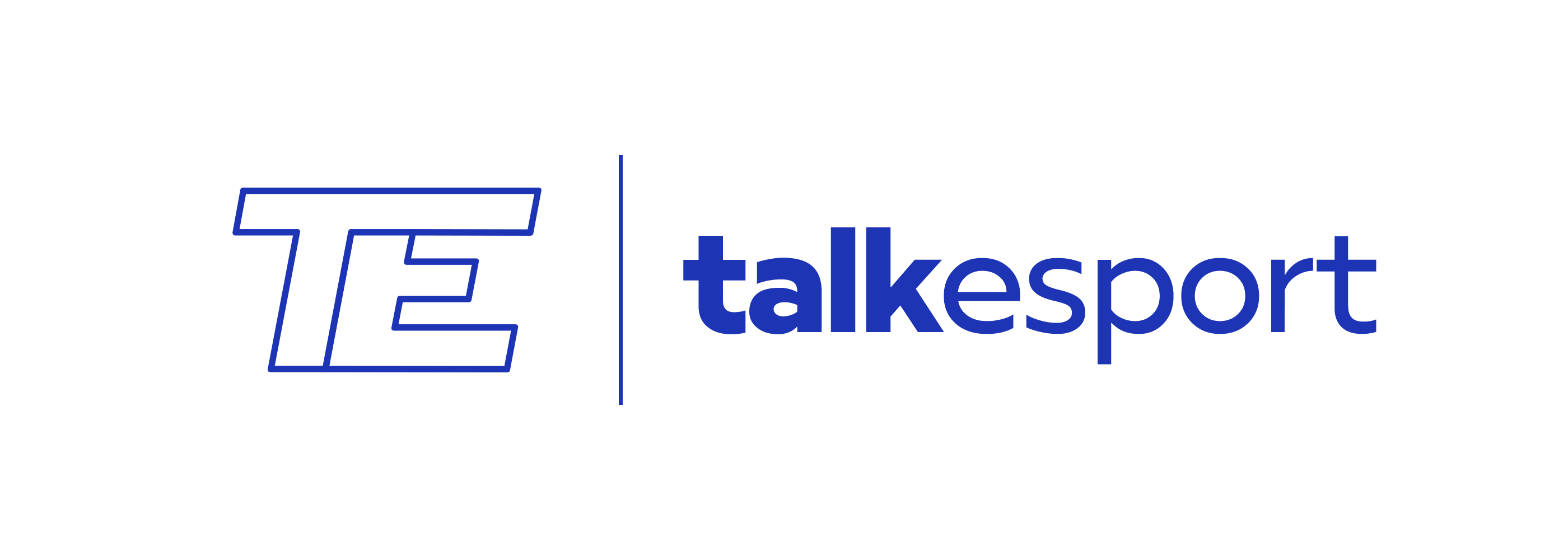A good portion of connectivity problems in Valorant that players report experiencing on a regular basis can be solved rather easily through port forwarding. Unless there’s an issue with your ISP or with that of the official Riot servers, port forwarding can fix most connection problems you experience in-game. Let’s take a look at how you can do it yourself.
How To Do Port Forwarding in Valorant
Since Riot Games has officially listed all the ports needed for port forwarding in Valorant, players can choose to manually forward ports to improve their connectivity with the game servers. If you’re unsure on how to do that, we have you covered.
Here are the ports that you should use for port forwarding in Valorant:
- 7000 – 7500 UDP (VALORANT Game Client)
- 8393 – 8400 TCP (Patcher and Maestro)
- 2099 TCP (PVP.Net)
- 5223 TCP (PVP.Net)
- 5222 TCP (PVP.Net)
- 80 TCP (HTTP Connections)
- 443 TCP (HTTPS Connections)
- 8088 UDP y TCP (Spectator Mode)
Now you can follow the steps mentioned below:
- Go to Control Panel>Windows Firewall (Select Large Icons if you can’t find it)
- Go to Advanced settings
- Select Inbound Rules on the left-side panel
- Right-click Inbound Rules and select New Rule.
- Add port and click on Next.
- Add the protocol (TCP/UDP) and the port number
- Select Allow the connection in the next window
You should allow all the ports from the above-mentioned list for the best results.


